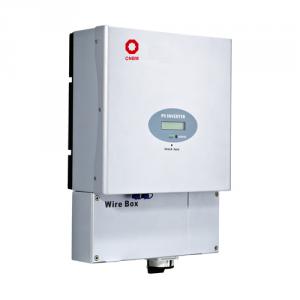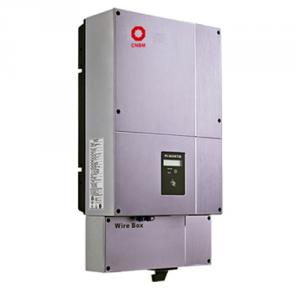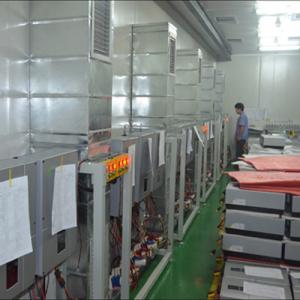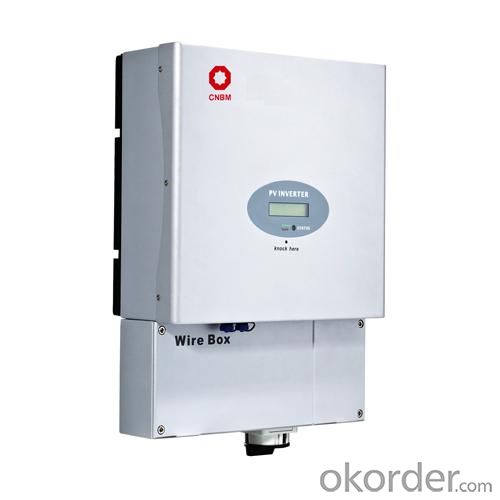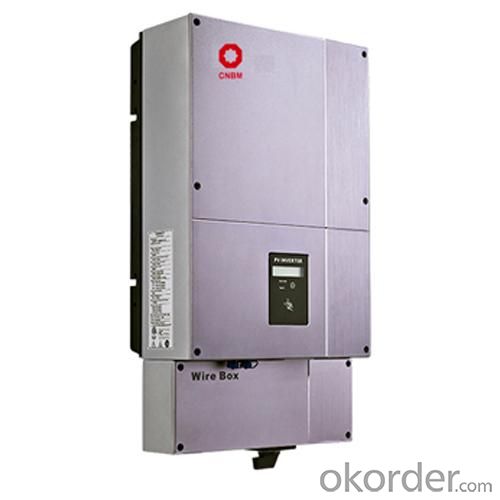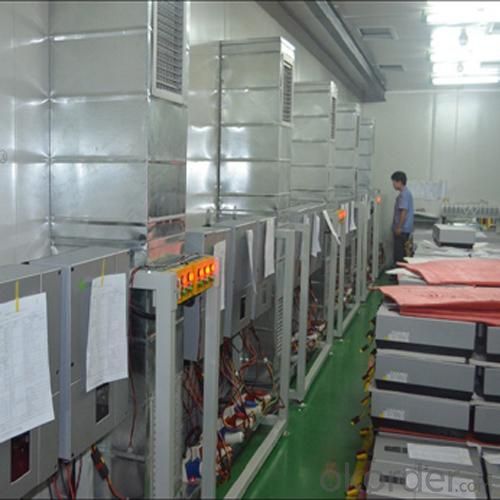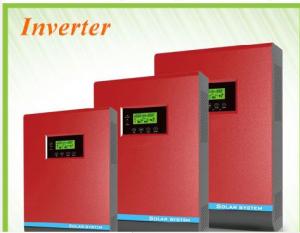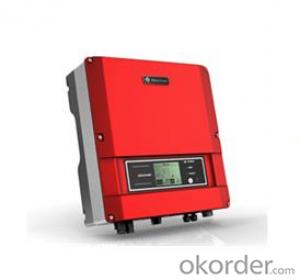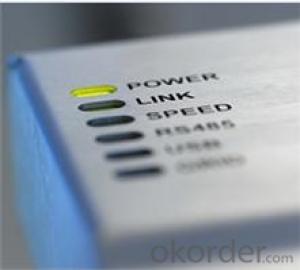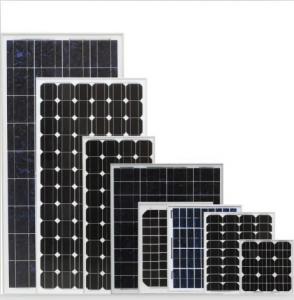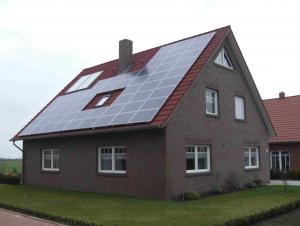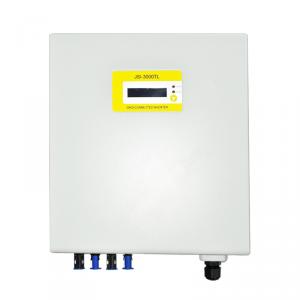Best Solar Inverter for Home - Grid Connected Solar Inverter 2000W
- Loading Port:
- Shenzhen
- Payment Terms:
- TT
- Min Order Qty:
- 1 pc
- Supply Capability:
- 1-1200 Per month pc/month
OKorder Service Pledge
OKorder Financial Service
You Might Also Like
Grid Connected Solar Inverter 2000W
CNBM International Corporation (CNBM International) is the most important trading platform of CNBM Group Corporation, a state-owned company under the direct supervision of State-owned Assets Supervision and Administration Commission of the State Council.
The Grid Connected Solar Inverter we can offer is 1.5kw to 20kw.
Introduction of Grid Connected Solar Inverter 2000W
Maximum efficiency of 97.5% and wide input voltage range
Integrated DC switch-disconnected
MTL-String
Sound control
Bluetooth/RF technology /Wi-Fi
Transformerless GT topology
5 years warranty (10 years as optional)
Datasheet of Grid Connected Solar Inverter 2000W
Model | CNBM-1500-US | CNBM-2000-US | CNBM-3000-US |
Input data |
| ||
Max. DC power | 1800W | 2300W | 3200W |
Max. DC voltage | 450V | 500V | 500V |
Start voltage | 150V | 150V | 150V |
PV voltage range | 100V-450V | 100V-500V | 100V-500V |
Number of MPP trackers/strings per MPP tracker | 1/1 | 1/2 | 1/2 |
Max. input current of the MPP tracker | 12A | 14A | 17A |
Output data |
| ||
Nominal AC output power | 1500W@208Vac 1650W@240&277Vac | 1800W@208Vac 2000W@240&277Vac | 2500W@208Vac 2800W@240&277Vac |
Max. output current | 8A/7.8A/6.8A | 9.7A/9.4A/8.2A | 15A/14.2A/12.3A |
AC nominal voltage; range | Default:240V single phase optional:208,240or277 single phase 183-228@208V 211-264V@240V 244-305@277V | ||
AC grid frequency; range | 60Hz;59.3-60.5Hz | 60Hz;59.3-60.5Hz | 60Hz;59.3-60.5Hz |
Phase shift (cosφ) | 1 | 1 | 1 |
THDI | <3% | <3% | <3% |
AC connection | Single phase | Single phase | Single phase |
Efficiency |
| ||
Max. efficiency | 97% | 97% | 97% |
CEC efficiency | 96% | 96.50% | 96.50% |
MPPT efficiency | 99.50% | 99.50% | 99.50% |
Protection devices |
| ||
Output overvoltage protection-varistor | yes | yes | yes |
Ground fault monitoring | yes | yes | yes |
Grid monitoring | yes | yes | yes |
General Data |
| ||
Dimensions (W / H / D) in mm | 360/465/165 | 360/465/165 | 360/465/165 |
Weight | 14.6KG | 15.1KG | 15.9KG |
Operating temperature range | -25...+60°C | -25...+60°C | -25...+60°C |
Altitude | Up to 2000m(6560ft) without power derating | ||
Consumption: operating(standby) / night | <5W / < 0.5 W | <5W / < 0.5 W | <5 W / < 0.5 W |
Topology | Transformerless | ||
Cooling concept | Natural | Natural | Natural |
Enclosure | Type 3R | Type 3R | Type 3R |
Features |
| ||
DC connection: | Screw terminal | Screw terminal | Screw terminal |
AC connection: | Screw terminal | Screw terminal | Screw terminal |
display | LCD | LCD | LCD |
Interfaces: RS485/RS232/Bluetooth/RF/Zigbee | yes/yes/opt/opt/opt | ||
Warranty: 5 years/ 10 years / 15 years | yes /opt | yes /opt | yes /opt |
Certificates and approvals | UL1741,UL1998 IEEE 1547, CSA C22.2 No.107.1-1,FCC Part15(Class A&B) | ||
Picture 1 Factory of Grid Connected Solar Inverter 2000W
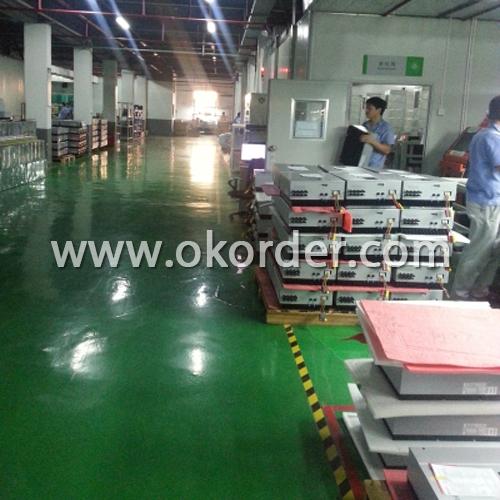
Picture 2 Package of Grid Connected Solar Inverter 2000W
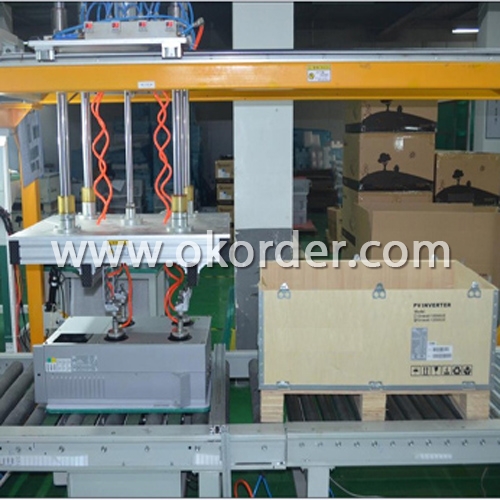
- Q: Can a solar inverter be used in a mobile or RV application?
- Yes, a solar inverter can be used in a mobile or RV application. A solar inverter is designed to convert the DC power generated by solar panels into AC power that can be used to power appliances and devices. In an RV or mobile application, a solar inverter can help convert the solar energy into usable power for charging batteries, running appliances, and powering electronic devices on the go.
- Q: How does a solar inverter handle voltage fluctuations from the grid?
- A solar inverter handles voltage fluctuations from the grid by constantly monitoring the voltage and adjusting its output accordingly. When the grid voltage increases or decreases, the inverter's control system regulates its own output voltage to match the changes, ensuring a stable and consistent supply of electricity is fed into the grid. This helps to maintain grid stability and protect the connected devices from potential damage caused by voltage fluctuations.
- Q: What are the communication protocols used in solar inverters?
- There are several communication protocols commonly used in solar inverters to facilitate communication between the inverter and other devices or systems. Some of the most commonly used communication protocols in solar inverters include: 1. Modbus: Modbus is a widely used communication protocol for industrial devices, including solar inverters. It is a serial communication protocol that allows for the transmission of data between the inverter and other devices, such as monitoring systems or data loggers. Modbus is known for its simplicity and flexibility, making it a popular choice in the solar industry. 2. SunSpec: SunSpec is a communication protocol specifically designed for the solar industry. It provides a standardized way for solar inverters to communicate with other devices, such as smart meters or monitoring systems. SunSpec supports both wired and wireless communication, allowing for easy integration of solar inverters into larger energy management systems. 3. CAN bus: CAN (Controller Area Network) bus is a widely used communication protocol in various industries, including automotive and industrial applications. It is a robust and reliable protocol that allows for high-speed communication between devices. Some solar inverters utilize CAN bus to communicate with other devices or systems, providing a reliable means of data transfer. 4. Ethernet: Ethernet is a widely used communication protocol in the IT industry, and it is also utilized in some solar inverters. By using Ethernet, solar inverters can communicate with other devices or systems over a local area network (LAN) or the internet. Ethernet offers high-speed communication and can support various communication standards, making it a versatile option for solar inverters. It's important to note that different solar inverter manufacturers may use different communication protocols or a combination of them. The choice of communication protocol depends on factors such as the specific requirements of the system, the compatibility with other devices or systems, and the level of integration desired.
- Q: How does a solar inverter handle voltage transients?
- A solar inverter handles voltage transients by employing various protective mechanisms such as surge protection devices and voltage regulation techniques. These mechanisms help to stabilize and control the voltage level, ensuring that the inverter is not affected by sudden spikes or drops in voltage. Additionally, the inverter may include features like overvoltage and undervoltage protection, which help to prevent damage to the system during voltage transients.
- Q: What are the common fault indications in a solar inverter?
- Some common fault indications in a solar inverter include error codes displayed on the inverter's screen, abnormal or fluctuating power output, frequent tripping or shutting down of the inverter, unusual noises or vibrations, and failure to connect or communicate with the monitoring system. These fault indications often suggest issues such as overheating, overvoltage, overcurrent, ground faults, or component failure within the inverter.
- Q: How do you calculate the maximum power point tracking range for a solar inverter?
- To calculate the maximum power point tracking (MPPT) range for a solar inverter, you need to consider the solar panel's voltage and current characteristics. The MPPT range is determined by finding the maximum power output from the solar panel, which occurs at the point where the voltage and current are optimized. This is typically done by using a control algorithm that adjusts the inverter's operating point to track the maximum power point. The range will depend on various factors such as the solar panel's temperature, irradiance, and electrical characteristics.
- Q: Can a solar inverter be used with a smart home system?
- Yes, a solar inverter can be used with a smart home system. Many modern solar inverters have the capability to integrate and communicate with smart home systems through protocols such as Wi-Fi, Bluetooth, or Zigbee. This integration allows users to monitor and control their solar energy production, consumption, and other related parameters using their smart home system's interface or mobile app.
- Q: PV grid-connected inverter and independent inverter in the control of what is the difference
- And you said that the independent inverter, said off-grid inverter it, this inverter can not access the mains, the components of the electricity through the off-grid inverter to the battery charge, the battery at night
- Q: How does a solar inverter communicate with other system components?
- A solar inverter communicates with other system components through various methods such as wired connections, wireless technologies, and communication protocols. It can be connected to the energy management system or smart grid through Ethernet cables or Wi-Fi for data exchange and control. Additionally, it may use communication protocols like Modbus or SunSpec to transmit information to monitoring devices, batteries, or other renewable energy sources within the system.
- Q: Can a solar inverter be used with a single solar panel?
- Yes, a solar inverter can be used with a single solar panel. The purpose of a solar inverter is to convert the direct current (DC) produced by the solar panel into alternating current (AC) that can be used to power electrical devices or be fed into the electrical grid. Even with a single solar panel, the inverter can still perform this function effectively.
Send your message to us
Best Solar Inverter for Home - Grid Connected Solar Inverter 2000W
- Loading Port:
- Shenzhen
- Payment Terms:
- TT
- Min Order Qty:
- 1 pc
- Supply Capability:
- 1-1200 Per month pc/month
OKorder Service Pledge
OKorder Financial Service
Similar products
Hot products
Hot Searches
Related keywords
